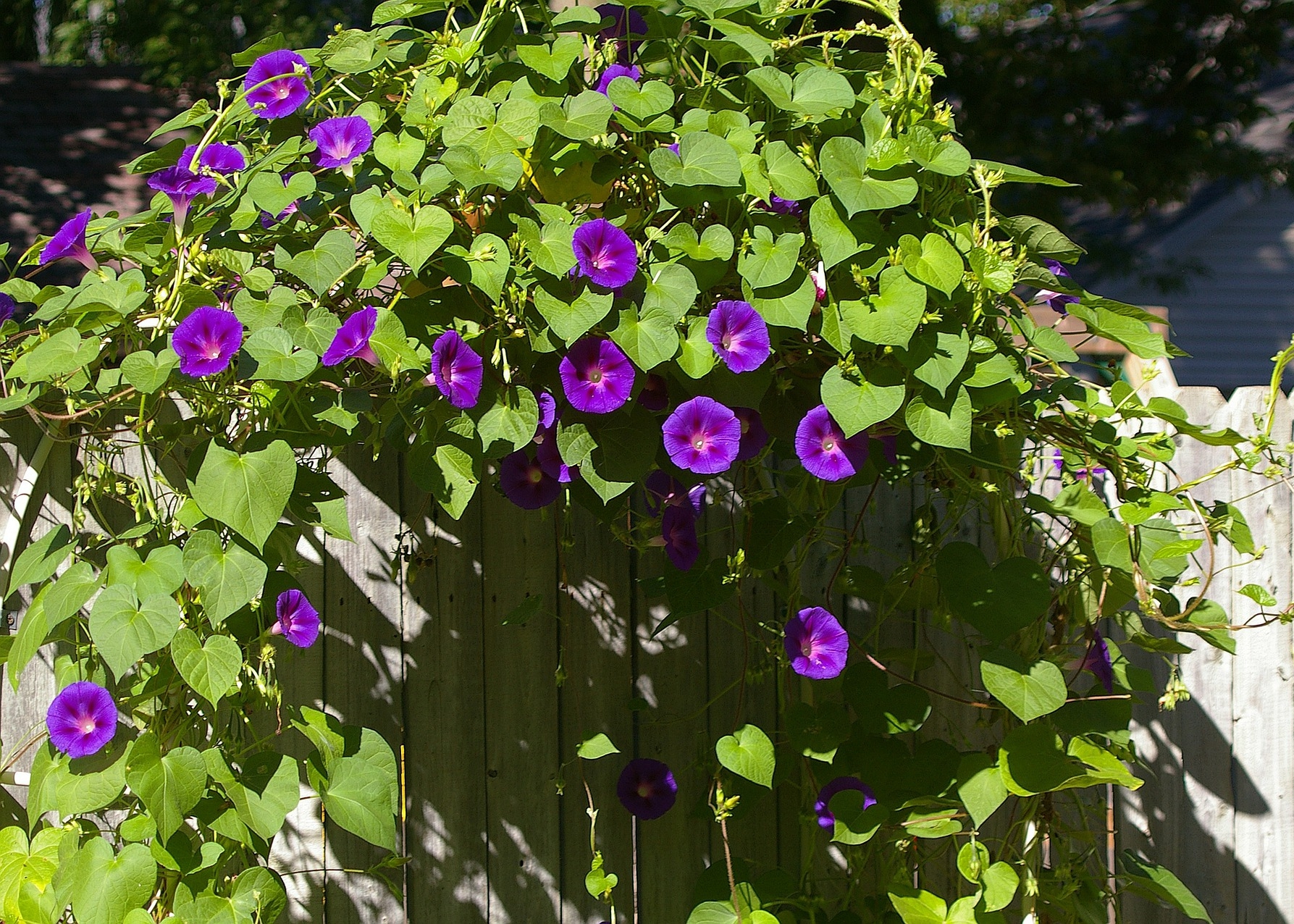Beach morning glories, also known as Ipomoea pes-caprae or goat’s foot vine, are beautiful flowering vines that thrive in coastal areas and sandy beaches. With their vibrant green leaves and delicate purple blooms, beach morning glories add a touch of tropical flair to landscapes. Proper fertilization is key to ensuring your beach morning glory plant remains healthy and produces abundant flowers. This comprehensive guide provides tips on when and how to fertilize beach morning glories.
Understanding the Nutritional Needs
Like all plants, beach morning glories need essential nutrients to support growth and flowering. The key nutrients are:
- Nitrogen – promotes healthy green foliage
- Phosphorus – encourages root development and bloom production
- Potassium – boosts overall plant vigor and disease resistance
- Micronutrients (iron, magnesium, calcium etc.) – vital for various metabolic functions
Getting the right balance of these nutrients through fertilization gives your beach morning glory the best chance to thrive.
Choosing the Right Fertilizer
Selecting an appropriate fertilizer for your beach morning glory is important. Here are effective options:
- Balanced fertilizer – Equal ratios of nitrogen, phosphorus, and potassium (e.g. 10-10-10) provide comprehensive nutrition.
- Bloom booster – Formulas higher in phosphorus promote prolific flowering.
- Slow-release fertilizer – Granules steadily release nutrients over 2-3 months.
- Organic options – Compost, manure, fish emulsion, etc. enrich soil.
Avoid too much nitrogen which leads to excessive foliage over flowers.
When to Fertilize
Fertilize beach morning glories during the active growing season – spring through summer. Feed them:
- Once every 4-6 weeks
- Avoid winter dormancy
- Don’t over-fertilize
Steady fertilization ensures lush growth and beautiful blooms over the season.
How to Fertilize
Follow these steps when fertilizing your beach morning glory
- Water plant thoroughly before fertilizing
- Apply recommended amount around plant base
- Avoid contact with leaves and stems
- Lightly water after application to dissolve nutrients
- Monitor growth and adjust schedule as needed
Proper technique prevents fertilizer burn and leaching,
Signs of Over-Fertilization
Watch for these signs of excess fertilizer:
- Leaf burn (brown, scorched edges)
- Stunted growth
- Nutrient imbalances (yellowing leaves)
If over-fertilized, flush soil and reduce application frequency/amount.
Organic Fertilizer Options
Organic alternatives to synthetic fertilizers include:
- Compost and manure – slowly release nutrients
- Fish emulsion – provides nitrogen
- Worm castings – rich in micronutrients
- Seaweed extract – contains potassium and iron
Organic options improve soil health while feeding plants.
Additional Tips
Other useful tips for fertilizing beach morning glories:
- Conduct soil test to determine needs
- Use liquid fertilizer for quick nutrient boost
- Layer mulch to retain moisture and nutrients
- Apply lower nitrogen in fall to promote hardiness
- Prune back after flowering to encourage new growth
Proper fertilization, combined with good cultural practices, will reward you with vigorous, floriferous beach morning glory vines. Pay close attention to your plant’s needs and adjust your feeding regimen accordingly. With a little effort, your beach morning glories will thrive in their seaside habitat.

Choosing the Right Fertilizer for Your Beach Morning-Glory
Beach Morning-Glory thrives with nutrient replenishment. Organic fertilizers, like compost, offer a slow-release buffet, feeding your plant and enriching the soil. Theyre the tortoises: slow and steady. Synthetic fertilizers are the hares, providing a rapid nutrient surge. Great for a quick fix, but they can lead to a nutrient overdose if youre not careful.
The Art of Fertilizing Beach Morning-Glory
Beach Morning-Glory thrives with nutrient replenishment. Apply a gentle organic fertilizer or compost every 1-2 months. During the growing season, in brighter climates, you might need to fertilize more often. Remember, overdoing it can lead to lush foliage but fewer blooms. Stick to the recommended amounts—more isnt always better.
When applying fertilizer, focus on the soil, not the leaves. Pour your diluted fertilizer solution evenly to reach the entire root system. Consistency is key; uneven application can cause patchy growth. Water your Beach Morning-Glory after feeding to help nutrients settle. Early morning is the prime time for this task, when the plant is most receptive.
Morning Glory Plant Care Guide: Tips for Stunning Blooms!
FAQ
What is the best fertilizer for morning glories?
What to feed morning glory?
How to properly care for morning glories?
How often should you water morning glory?
